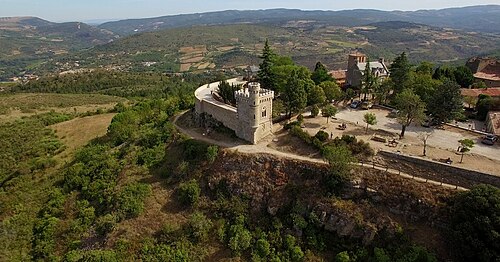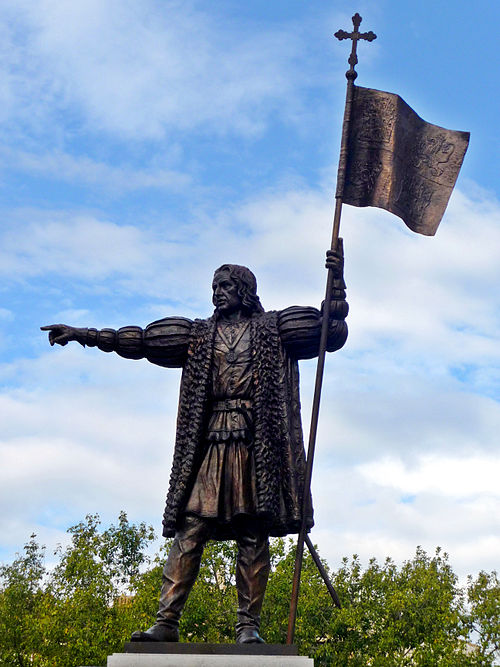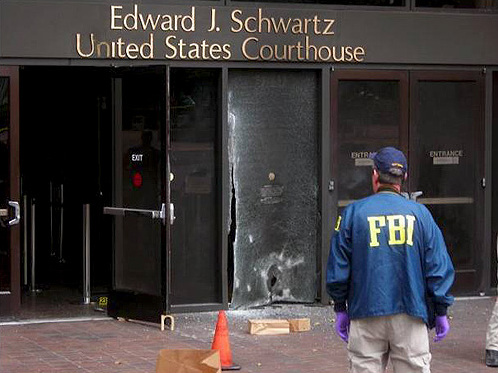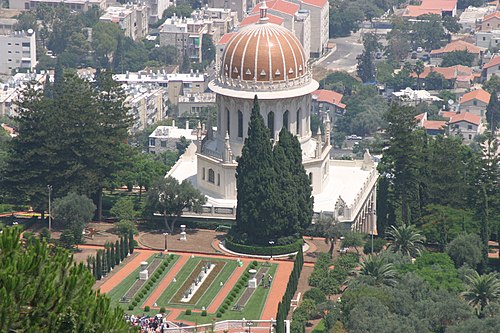
Tsutomu Yamaguchi is one of the few known individuals to have survived both the atomic bombings of Hiroshima and Nagasaki in August 1945. This Japanese engineer, who became a symbol of resilience, is often referred to as a "nijū hibakusha," a Japanese term meaning "double bombed person." His story is a poignant testimony to the horrors of nuclear warfare and the human capacity to endure unimaginable trials.
The First Bombing: Hiroshima
On August 6, 1945, Tsutomu Yamaguchi, then 29 years old, was in Hiroshima on a business trip. At the moment of the atomic explosion, nicknamed "Little Boy," Yamaguchi was about three kilometers from the epicenter. The blast, followed by an intense white light and a devastating shockwave, knocked him to the ground, leaving him with severe burns and ruptured eardrums.
Despite his injuries, Yamaguchi managed to find shelter and spent the night in an air raid shelter. The next day, he began his journey back to Nagasaki, his hometown, determined to reunite with his family and report the horror he had witnessed to his employers.
The Second Bombing: Nagasaki
Arriving in Nagasaki on August 8, Yamaguchi's colleagues were incredulous when he recounted the Hiroshima attack. On August 9, while at his workplace, Mitsubishi Heavy Industries, retelling his experience, a second atomic bomb, known as "Fat Man," exploded over the city. Ironically, this time he was even closer to the epicenter, about three kilometers away.
Once again, Yamaguchi survived, although he was injured by the explosion's force. His burns from Hiroshima were still fresh when he was exposed to this second attack. Miraculously, he found his wife and son unharmed, and the three took refuge in a shelter. Yamaguchi suffered numerous medical complications from the bombings, including burns, hearing loss, and radiation exposure.
Post-War Life
After the war, Tsutomu Yamaguchi led a relatively quiet life. He continued to work for Mitsubishi and raised his family while battling the physical and psychological effects of the bombings. He eventually emerged as a vocal advocate against nuclear weapons in the 2000s. In 2006, he published his memoirs and participated in documentaries to share his story.
Yamaguchi passed away on January 4, 2010, at the age of 93, after suffering from stomach cancer. His death marked the end of a unique chapter in human history. He is the only individual officially recognized by the Japanese government as having survived both atomic bombings.
The Legacy of Tsutomu Yamaguchi
Tsutomu Yamaguchi's story is more than a tale of extraordinary survival; it is a call for peace and reflection on the consequences of nuclear war. Yamaguchi himself became a fervent advocate for nuclear disarmament, expressing in his later years the hope that his double experience would serve as a warning for future generations.
As a symbol of human resilience and the devastation caused by nuclear weapons, Tsutomu Yamaguchi remains an important figure in the global collective memory. His testimony is a powerful exhortation to avoid such atrocities in the future and to seek peaceful means for resolving international conflicts.
Mmxx, Public domain, https://fr.wikipedia.org/wiki/Enola_Gay#/media/Fichier:Atomic_cloud_over_Hiroshima_-_NARA_542192_-_Edit.jpg




















